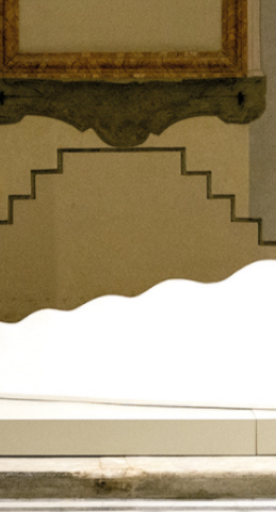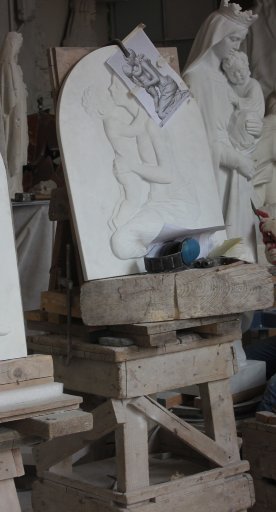
An extraordinary historical and artistic heritage characterizes the landscape of Tuscany, celebrated for its villages and cities of art where humankind has interpreted and redesigned reality for centuries. This attitude to exploring the present through art has never ended and this is how new forms of expression have developed in recent decades, helping to regenerate the territory’s identity.
Today, those who visit Tuscany can discover parks and art gardens, works that frame the landscape, innovative design-led wineries, museums, festivals and important contemporary art exhibitions. For years, Florence has been home to great exhibitions in the panoramic Forte Belvedere, in the squares, and in the prestigious Palazzo Strozzi. Centro Pecci is active in Prato, home to the Foundation for Contemporary Arts in Tuscany and Pistoia is naturally devoted to the relationship between art and the environment, as demonstrated by the Gori collection in Celle and the art spread throughout the city.
On the hills of Volterra, there are great works by Mauro Staccioli, and between Florence and Siena, contemporary art is very present, as can be seen in the collection of the Castello di Ama in Gaiole in Chianti and the installations in the Chianti Sculpture Park in Pievasciata. In Maremma and Amiata, you can find some of the most extraordinary gardens, created by international artists such as Daniel Spoerri in Seggiano or Niki de Saint Phalle in Capalbio. In Versilia, the productive and progressive centre is Pietrasanta, considered a "little Athens" due to its extraordinary artistic presence. Carrara, a historic city of marble, is another place where contemporary art is created and displayed, with high-quality works on show at the Carrara Museum of Arts. Pisa preserves the iconic public piece, Keith Haring's Tuttomondo, while Lajatico is closely connected to the Teatro del Silenzio project, promoted by the tenor Andrea Bocelli.
There are also several examples of contemporary architecture in Tuscany, with the most fascinating works found in the numerous design-led wineries scattered around Chianti, Valdarno, Valdorcia and the coast that are integrated into the context of the countryside, and examples of the immense creativity in these lands.
This rich heritage has a power capable of turning the viewer into the protagonist, speaking the language of our times, and enabling us to be an active part of art in the making.





































